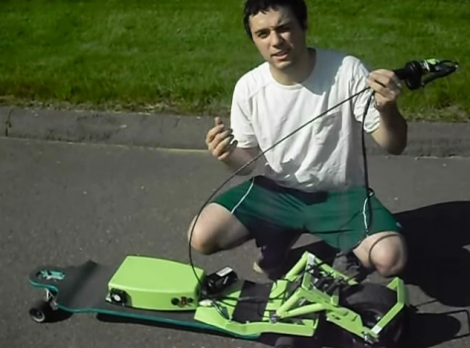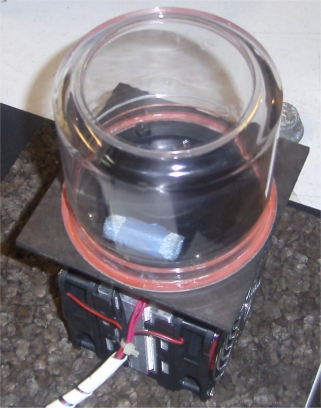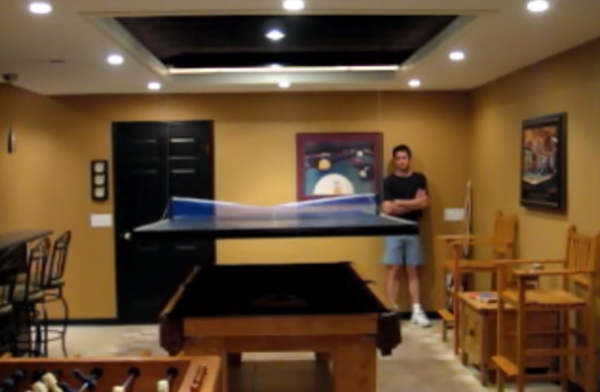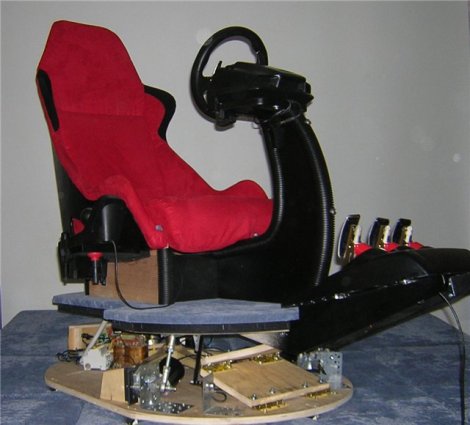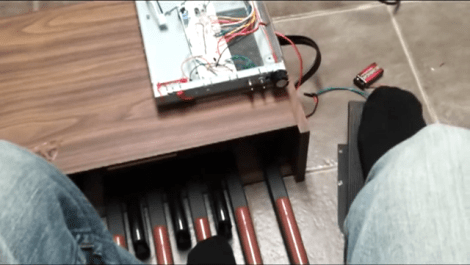
[Jon Ferwerda] managed to fry the analog electronics on an old electric organ while conducting some circuit bending experiments. It’s a loss, but he’s still left with some cool equipment to play with. Recently he got to work generating tones using the organ’s foot pedals.
There were two types of foot pedal included with this organ, the set that is arranged like a keyboard, and a rocker pedal similar to what you might use with an electric sewing machine. Since the music generation was handled by those fried bits of organ [Jon] got to work interfacing the foot keyboard with a 555 timer. He used a fairly large capacitor to get the frequency into the bass range and wired individual pedals to different parts of a resistor network. But he didn’t stop with that. The rocker pedal has its own variable resistor hardware which lets him bend the pitches are they are being generated which sounds alike like a guitar whammy effect. He shows his work in the clip after the break. We think he nailed it! This is a perfect supplement to any type of electronic music setup.
Continue reading “BaceMaker Weds Organ Foot Pedals With Guitar Whammy Effects”


